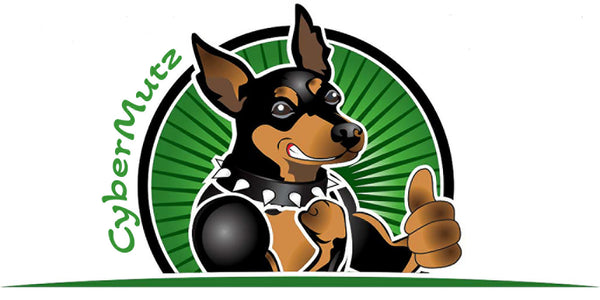
Pack Mentality at Home: Are You the Alpha?
Share
Pack Mentality at Home: Are You the Alpha?
If you’ve ever heard someone say, “You need to be the alpha in your home,” when talking about dog training or behavior—you’re not alone. The idea of a pack mentality is deeply rooted in canine behavior, but how much of it actually applies to domestic dogs today? And more importantly, what does it mean to be the “alpha” in a healthy, modern dog-owner relationship?
Let’s break down what pack mentality really is, how it shows up in your home, and whether being the alpha is about dominance—or something deeper.
🐺 Origins of the Pack Mentality Concept
The concept of pack hierarchy originated from early studies of captive wolves, which appeared to operate on strict dominance structures. The idea quickly translated into dog training, birthing phrases like “alpha,” “submissive,” and “leader of the pack.”
But here’s the twist: those early wolf studies were flawed.
Modern research on wild wolves shows that real packs are more like families than rival gangs. They’re led by parent figures who guide and protect—not dominate—their group. And while dogs descended from wolves, thousands of years of domestication have significantly reshaped their behavior.
🐶 What Does “Alpha” Look Like in a Home?
At home, “being the alpha” doesn’t mean intimidating your dog into submission. Instead, it means being:
-
Consistent
-
Calm and confident
-
A source of trust and direction
Your dog looks for leadership, not control. They want to know that you’ve got things covered, so they can relax and feel safe in your “pack.”
💡 Signs You’re a Good Pack Leader
You don’t have to assert dominance to be a good leader. Watch for these signs instead:
✅ Your dog listens to commands without fear
✅ They respect boundaries you set (furniture, doors, etc.)
✅ They don’t display constant anxiety when you’re gone
✅ They look to you for cues in new situations
✅ They’re calm during daily routines
If your dog trusts your guidance and looks to you for reassurance, you’re already the alpha in the best way possible.
🚫 Misconceptions About Being the “Alpha”
Let’s clear up some common myths:
❌ Myth: You must eat before your dog to establish dominance.
✅ Reality: Your dog doesn’t care about mealtime pecking order if their needs are met consistently.
❌ Myth: Never let your dog walk in front of you.
✅ Reality: Position during walks is less important than behavior—loose leash walking is what matters.
❌ Myth: Alpha status is earned through force.
✅ Reality: It’s earned through calm leadership and trust.
🧠 Dogs Crave Structure, Not Fear
Dogs thrive on routine, boundaries, and positive reinforcement. They look to their humans to create an environment where they feel secure and understood—not to establish dominance through fear or punishment.
Think of your role more like a parent than a “pack alpha.” You guide, protect, and teach.
🐾 Building a Strong Bond Through Leadership
Here’s how to strengthen your role as a leader in your dog’s eyes:
-
Train daily using positive reinforcement
-
Be consistent with rules and boundaries
-
Stay calm and assertive, especially in tense situations
-
Reward good behavior and redirect unwanted actions
-
Spend quality time with your dog to build trust
Your dog will respect a leader who is firm but fair, not fearful or forceful.
🏁 Final Thoughts: Alpha Without Aggression
In the modern dog-human dynamic, being the alpha isn’t about dominance—it’s about trust, consistency, and leadership. Your dog isn’t challenging you for control of the house—they’re looking to you to keep their world stable and predictable.
So yes, you can (and should) be the “alpha” at home—just not the way the outdated myth suggests.
